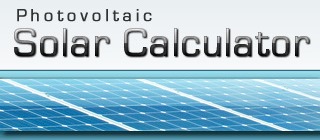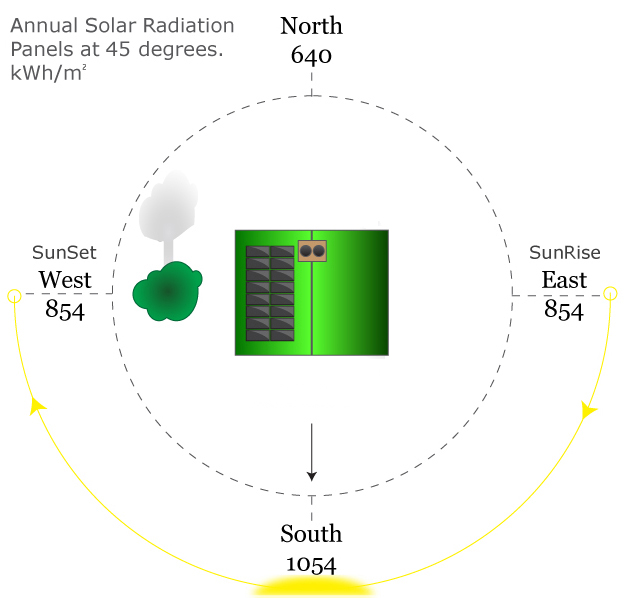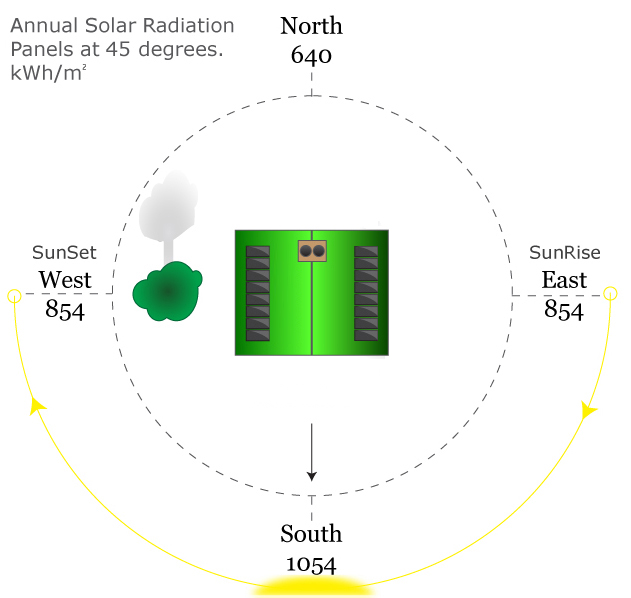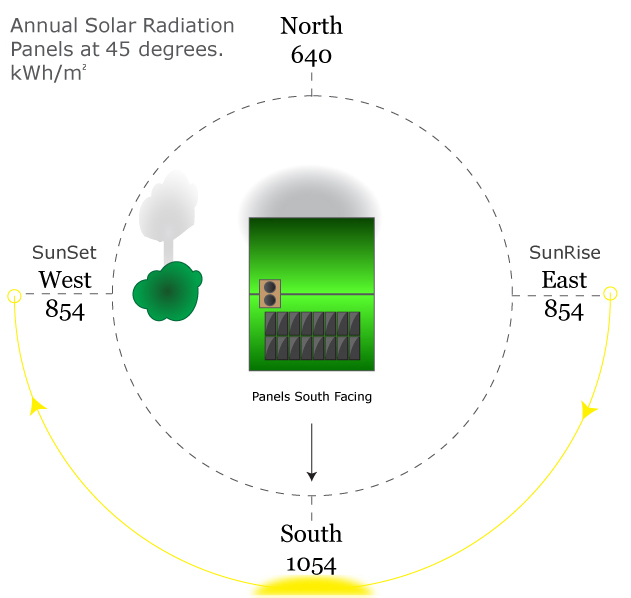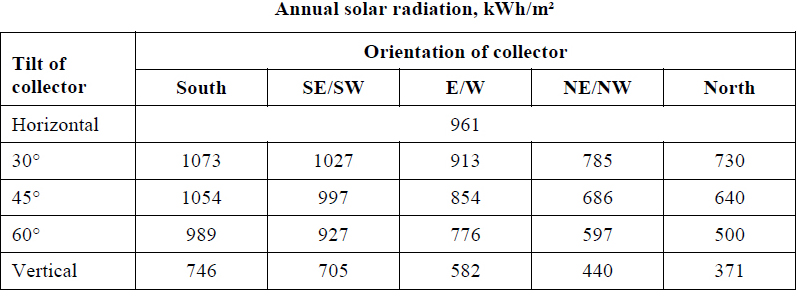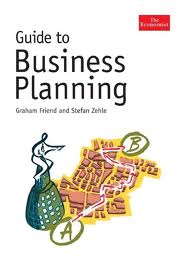Blog
- Home
- Blog
ITE Group
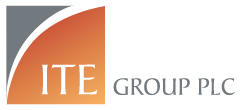 ITE organises exhibitions and conferences for a range of industry sectors. Some events are very broad in their appeal, others are focused, niche events.While there is a great deal of expertise throughout the group in the following areas, ITE is constantly researching new ideas for exhibitions in these and other sectors..
ITE organises exhibitions and conferences for a range of industry sectors. Some events are very broad in their appeal, others are focused, niche events.While there is a great deal of expertise throughout the group in the following areas, ITE is constantly researching new ideas for exhibitions in these and other sectors..
We are one of the world’s leading organisers of international trade exhibitions and conferences and specialise in organising events in growing and developing markets. These events help to connect your business to the world.
We organise over 230 exhibitions and conferences each year worldwide. We have many market leading events and well known brands in key industry sectors.
Our product range of annual events includes everything from niche specialist conferences through to globally significant trade fairs with mass appeal and influence.
ITE Group PLC
105 Salusbury Road
London NW6 6RG
Tel: +44 (0) 20 7596 5087
Fax: +44 (0) 20 7596 5112
Email: richard.wightman@ite-exhibitions.com
Solar Panel Orientation East/West
If the roof of your property is facing east/west then don’t worry it does not mean you cannot have solar panels. The system will still produce a good amount of electricity or hot water but you may have to think about the way you are going to set-up this type of system.
As you can see below there is a house that has solar panels on it that faces east/west. I have seen systems fitted like this and there is nothing to say it cannot be or should not be done this way, in some cases there may be no way round it.
There has be research and documentation to show that splitting the system down is the way to go, especially if you are using electricity/hot water in the morning and later in the evening. In a 4kW system that had 16 panels this would mean putting 8 panels on one side of the roof and 8 panels on the other side (8 East/8 West). If it was a hot water system consisting of two panels we would put one on each roof.
This means that the system at any part of the day will be benefiting from direct sun light (if it is a clear day) as the sun travels around the building one side will always be getting direct irradiation from the sun. research has been conducted which shows that there is actually only a small reduction in overall power generation from East and West facing arrays. Power generation (depending upon roof incline) can be only 14% less per year, see the diagram below.
One thing to remember though in a situation like this with Solar photovoltaic s is to go for an inverter or inverters that will make use of this split in system. As you may know from reading the solar panel buyers guide is that there is a relationship between panels where they can effect each others performance. If a few solar panels are in a string together and one is shaded it will be producing less and this can effect the other panels.
When setting out a system like this you would really want to look at inverter types, if you use a single inverter it will probably best to have a duel inverter so it can process two string independently.
Solar Panel Orientation
Orientation of your property is very important in being able to figure out what your solar panel system will produce. The government have something called a SAP calculation(Standard Assessment Procedure) and there is one for solar PV and solar thermal systems.
Both of these take into account the orientation of the panels that you propose to fit, the figures of what the panels produce will change depending on this. First thing to take into account is which way the panels will face.
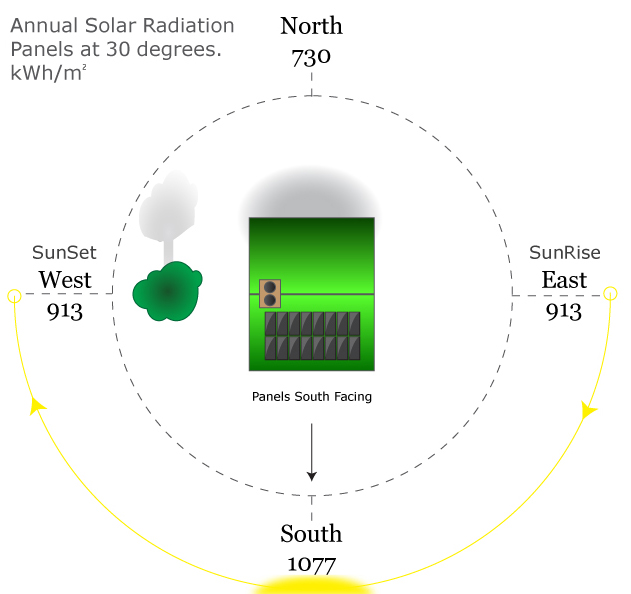 If you look at the diagram above (4kW system – 16 x 250w panels) you will see that the optimum direction is south. There is not a massive drop production if they where facing East or West, but the further off south you go the figures will come down slightly. If you go round to North then you can see there is a significant drop in production. The figures installers give you will be based on its nearest directional point, either:
If you look at the diagram above (4kW system – 16 x 250w panels) you will see that the optimum direction is south. There is not a massive drop production if they where facing East or West, but the further off south you go the figures will come down slightly. If you go round to North then you can see there is a significant drop in production. The figures installers give you will be based on its nearest directional point, either:
- South
- South East/West
- East/West
- North East/West
- North
Next is the pitch, a factor in production too, whether it be the pitch of the roof or the bracket you are fixing the panels too (flat roof). The optimum pitch is around 30 degrees and you will see that in the diagram above it mentions the panels being at that pitch with the direction they are facing.

You can see the roof to the right is 30 degrees, the optimum but the left roof is at 45 degrees. If we changed the roof pitch to 45 degrees in our first image above it would now look like this (see below – figures come down). If we change the pitch higher or lower, so the figures change.
As you can see the pitch of the panels and there direction make changes to what they will produce. Below is the table for calculating the solar panel annual kWh/m2 (kilowatt hours per square meter) set out by the governments SAP calculation. Don’t worry to much about this as not many people are spot on south at 30 degrees, we are just showing you how it is worked out.
GUIDE TO BUSINESS PLANNING
This book is designed for those with an inspired idea who wish to translate it into a successful new business or incorporate it in an existing business. Usually, the first challenge for those who want to get a business idea off the ground is securing funding. Any investor or those in an existing business with responsibility for approving new initiatives will invariably insist upon seeing a business plan before they approve any investment. The business plan, besides being a prerequisite for gaining access to finance, also provides the blueprint for successfully creating and running the new venture. This book describes a business planning process that will support the preparation of a compelling business plan and the creation of a successful business.
[gview file=”https://info.aea-al.org/wp-content/uploads/2014/07/Guide_to_Business_Planning.pdf” save=”1″]
Policy, Financing and Implementation
Renewable energy can provide a host of benefi ts to society. In addition to the reduction of carbon dioxide (CO2) emissions, governments have enacted renewable energy (RE) policies to meet a number of objectives including the creation of local environmental and health benefi ts; facilitation of energy access, particularly for rural areas; advancement of energy security goals by diversifying the portfolio of energy technologies and resources; and improving social and economic development through potential employment opportunities. Energy access and social and economic development have been the primary drivers in developing countries whereas ensuring a secure energy supply and environmental concerns have been most important in developed countries.
[gview file=”https://info.aea-al.org/wp-content/uploads/2014/07/Ch11-Policy-Financing-and-Implementation.pdf” save=”1″]

